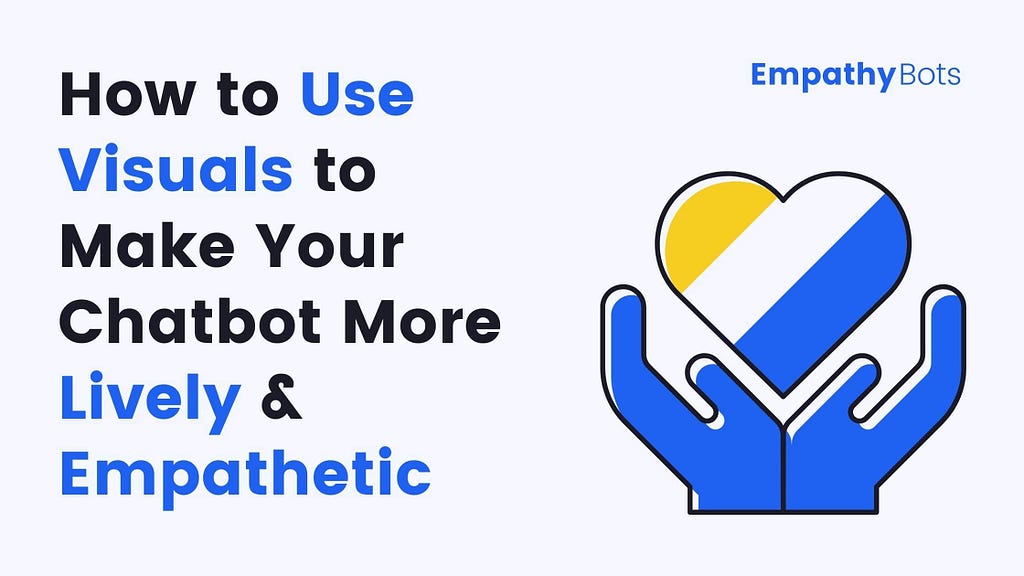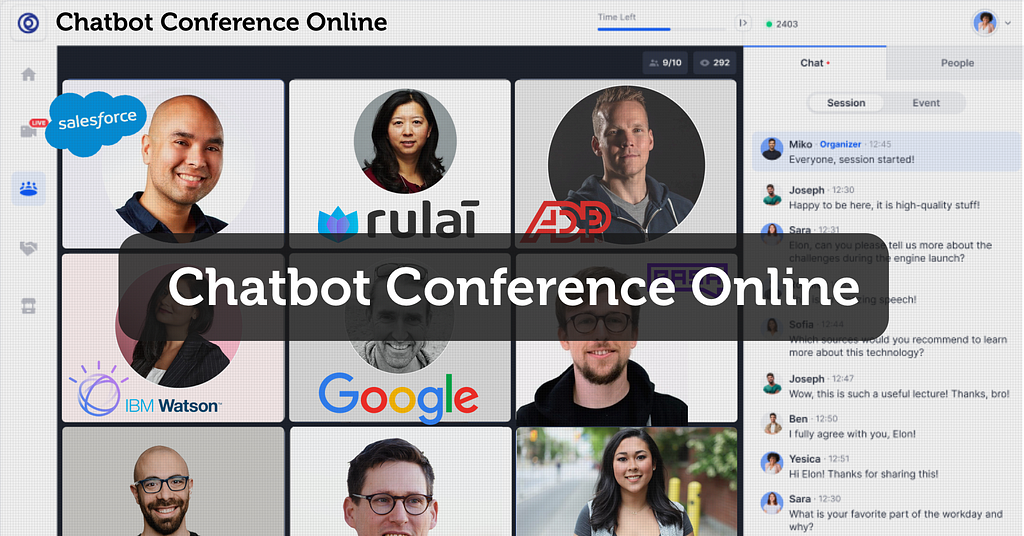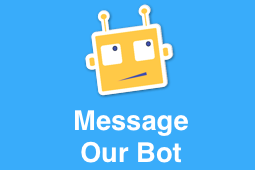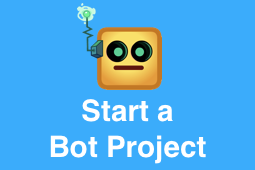Your cart is currently empty!
How to Use Visuals to Make Your Chatbot More Lively and Empathetic — EmpathyBots
How to Use Visuals to Make Your Chatbot More Lively and Empathetic — EmpathyBots
Do you know? according to research, visual messages are processed 60,000 times faster than text messages.
And, that is the reason adding visual elements into chatbots is considered as one of the top 2 best practices of conversational UI (user interface) design.
In the last guide, I have shown you how to build a simple FAQ Chatbot with ManyChat to get started with your journey of chatbot development.
And in this guide, I will continue that example of FAQBot to show you how to make your chatbot more lively by adding some visual elements to it so that it could feel more empathetic, interesting, and fun to interact with.
The tool that we are going to use for designing those visuals is none other than, Canva — a simple yet powerful graphic designing tool!
So, without further delay, let’s get started!

Types of Visual Elements You can Add to Your Chatbot
Before start creating, you must know the types of visual elements that are mostly used in chatbots.
1. Emojis
Emojis are often used along with text, but you can use them smartly for creating emoji-based quick replies, buttons, and many other things as well.
These are already available in most chatbot builders, so you don’t need to create them. If it’s not available in your tool, then you can directly copy them from getemoji.com.
2. Images
Images are also widely used in chatbots. It can be memes, product photos, pictures to express certain emotions, and so on.

3. GIFs
GIFs are normally 2–3 seconds long and they can be a very powerful way to express the feeling of energy, hyperactivity, and frenzy.
4. Documents
Documents like pdfs, word documents, excel sheets can also be used in chatbots as lead magnets.
5. Videos
Most developers link to external sources like YouTube to show videos to users, but if it is not that big in size then it can be shown within chatbots as well.
Trending Bot Articles:
2. Automated vs Live Chats: What will the Future of Customer Service Look Like?
4. Chatbot Vs. Intelligent Virtual Assistant — What’s the difference & Why Care?
How to Create Visual Elements for Your Chatbot Using Canva
It’s very simple and easy to create those visual elements with Canva.
For this tutorial, I will design two images to welcome and say goodbye to our FAQBot users.
So, let’s start!
First, you need to create an account with Canva, if you haven’t had one.
Then, click on “Create a design”, and select “Facebook Post”.
You can select the custom size as well. I just select the Facebook post because I want to create that size image, not for any special reason.
Next, head over to the “Elements” tab in the left sidebar, select the element and edit it as you want.
Here’s how I have designed two images for my FAQBot,


Similarly, you can create any kind of visual elements with Canva including GIFs, Videos, Documents, and so on for your chatbot.
Now, let’s add it to our FAQBot.
Head on to ManyChat, click on the “Automation” tab, select a flow, and click on the “Edit Flow” button.
Then, add the images to the content blocks and click “Publish”

Still wondering exactly why you must use visual elements in your chatbot?
Then, read the next section!
4 Reasons Why You Should Add Visual Elements to Your Chatbot
1. To Trigger Emotions
Visuals convey feelings, especially in a specific situation you have to add some visuals where words alone are not enough to make that positive difference to a conversation.
For example, we use smiley emoji in a welcome message as it conveys the sense of happiness and evokes a warm response from a receiver.
2. To Make Conversation More Interesting and Engaging
Do you read an article full of text?
Maybe not!
Because adding visuals such as images, infographics, videos, etc. makes it more engaging.
Otherwise, you will smash on that back button to exit from the article as soon as possible, Isn’t it?
So, similar to the case of chatbots, if you add some visuals to it, it will become more interesting and engaging.
3. To Help People
Remember how do we know that restroom is intended for men or women?
By seeing symbols on the restroom door, right?
This is the best example of understanding how visuals are intuitive and can help people by giving directions.
Similarly, you can do it in your chatbot as well.
For example, if your user asks for the direction of your shop’s location, then your chatbot can simply send a map.
4. People React to Visual Elements Faster than Text
And the final reason is, as I said earlier, that people react to visuals way faster than text because the human brain processes visual data more quickly than any text-based data.
So, let’s wrap up this article now!
Wrapping Up
So, you just read the importance of visual elements, the most popular types of them for a chatbot, reasons to add them, and how to add them.
Now, it’s time to take action and put some time and effort to add some visual elements to your chatbot to make it more lively and empathetic.
And, it is up to you which type of visual elements you have to add, but remember to use it only where is necessary otherwise, it will look very ugly and can easily annoy your chatbot users.
Liked this story? Consider following me to read more stories like this.
Don’t forget to give us your 👏 !




How to Use Visuals to Make Your Chatbot More Lively and Empathetic — EmpathyBots was originally published in Chatbots Life on Medium, where people are continuing the conversation by highlighting and responding to this story.